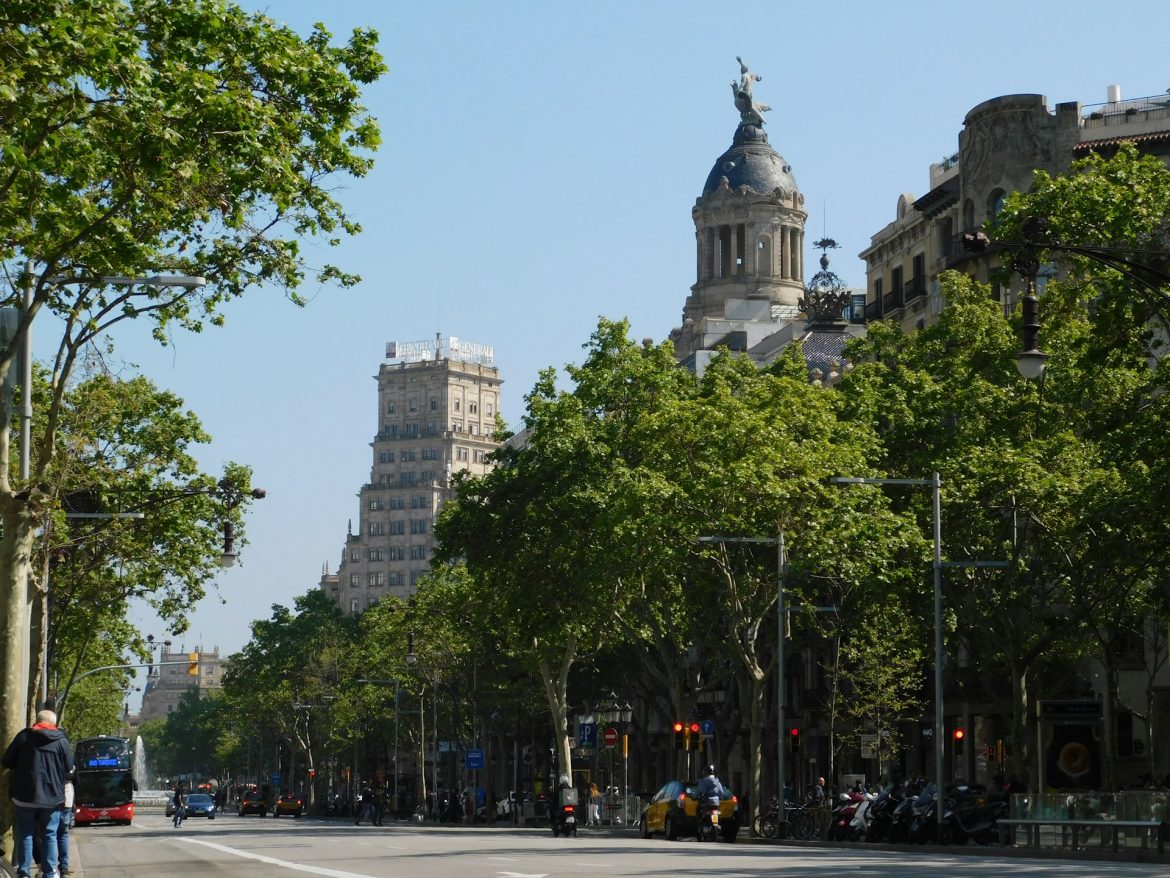In the contemporary era of rapid urbanization, the integration of green spaces in urban planning has transitioned from a luxury to a critical necessity for sustainable living. As concrete jungles sprawl and the global population gravitates towards cities, the creation and preservation of green spaces have emerged as a linchpin for environmental health, social well-being, and biodiversity conservation. This blog explores the multifaceted benefits, challenges, and innovative strategies cities employ to create vital oases amidst urban expanses.
The Multidimensional Benefits of Urban Green Spaces
Urban green spaces, including parks, gardens, greenways, and natural preserves within city limits, offer a plethora of benefits that extend far beyond mere aesthetics.
- Environmental Impact: Green spaces function as urban lungs, purifying air by absorbing pollutants and generating oxygen. They combat the urban heat island effect by releasing moisture through evapotranspiration, cooling cities and offering respite in hot weather.
- Biodiversity Conservation: Amidst urban development, green spaces serve as crucial habitats for flora and fauna, fostering biodiversity. They provide sanctuaries for birds, insects, and small mammals, contributing to ecological balance.
- Health and Well-being: The presence of green spaces in urban areas is linked to numerous health benefits. They offer residents opportunities for physical activity, which is essential in combating obesity and related diseases. Exposure to green environments has been shown to reduce stress, enhance mood, and improve overall mental health. Furthermore, green spaces provide settings for social interaction, fostering community cohesion and reducing social isolation.
- Economic Value: Urban green spaces go beyond environmental benefits, enhancing property values, attracting businesses, and boosting local economies through tourism. Well-maintained parks and recreational areas are assets that increase cities’ desirability and competitiveness.
Challenges in Developing Urban Green Spaces
Despite their recognized value, the development and maintenance of urban green spaces face several challenges. Rapid urbanization leads to land scarcity, making it difficult to allocate space for parks and gardens. Financial constraints often limit the ability of municipalities to invest in the creation and upkeep of green areas. Additionally, socio-economic disparities can result in unequal access to green spaces, with underprivileged communities often being underserved.
Innovative Strategies for Green Space Integration
In response to these challenges, cities worldwide are adopting innovative approaches to integrate greenery into urban landscapes:
- Vertical Gardens and Green Roofs: With horizontal space at a premium, many cities are turning to vertical solutions. Green roofs and living walls not only enhance building efficiency by providing insulation but also contribute to biodiversity and aesthetic appeal. Examples include the Bosco Verticale in Milan, Italy, a pair of residential towers adorned with over 900 trees and thousands of plants.
- Pocket Parks and Green Alleys: Small-scale interventions, like converting underutilized lots or alleys into pocket parks, greatly enhance urban livability. They offer accessible greenery in densely populated areas, contributing to the urban green space network.
- Revitalizing Brownfields: Converting former industrial sites or brownfields into public parks and green spaces is an effective strategy for both environmental remediation and community revitalization. The High Line in New York City, a linear park built on a historic freight rail line elevated above Manhattan’s streets, exemplifies this approach.
- Community Gardens and Urban Agriculture: Promoting community gardens and promotes local food production, education, and social cohesion. These initiatives empower communities, enhance food security, and nurture environmental stewardship.
The Path Forward
Looking ahead, integrating green spaces into urban planning is crucial. They enhance urban life, promote sustainability, and foster resilient communities. Collaboration among stakeholders is key. Prioritizing green space development ensures vibrant, healthy cities for generations.

